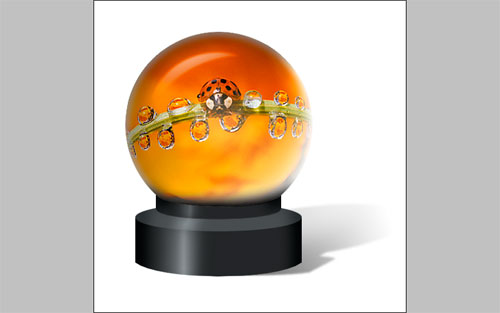
Revision Date: 27 January 2021
This tool is used to remove parts of the active layer or selection. It can be useful when working with multi-layered images as portions of an upper layer erased will allow lower layers to show through.
Radiofrequency machines can offer some tightening effects for sagging neck skin. RF treatments use radiofrequency energy to heat the deeper layers of the skin, which helps stimulate collagen, hyaluronic acid, and elastin. Heating the skin cells causes them to pull closer together, thus tightening the skin over time. Step 2: How the tool works Even though the name says “Background” eraser, this tool can actually be used to erase a lot more than that, and it works more as a “Color” eraser rather than a “Background” eraser. So to start off let’s select the tool. In this movie, Trish discusses the different Eraser tool modes – Layer Source & Paint, Paint Only, and Last Stroke Only – and demonstrates when to use each. The lucky thirteenth Apprentice course (currently available through lynda.com) introduces a series of creative tools inside After Effects: Paint, Puppet, Brainstorm, and Cartoon. Chris shows off the Puppet tools for distorting layers, and the incredible Roto Brush, introduced in After Effects CS6, which allows you to separately define foreground and background elements so that you can replace backgrounds and selectively add special effects. The After Effects Apprentice series was created by Trish and Chris Meyer.
The
Erasing may result in a checkerboard pattern being shown. This pattern is used to denote areas of the image that are transparent - the pattern is not actually part of the image and will not be seen outside of paint.net's editing environment.
The

At the top the
At the top the

The
After Effects Eraser Tool Download
On the left, the Alpha Setting is set to 60. The opacity of the erased area will be 255-60=195 and the original color information will be retained.
In the middle the Alpha Setting is set to 120. The opacity of the erased area will be 255-120=135. Again, the original color information will be retained.
On the right, the Alpha Setting is set to 255 (maximum). The opacity of the erased area will be 255-255=0. The original color information will be replaced with black (#000000)
After Effects Eraser Tool Not Working
The Eraser tool in Microsoft Paint works by painting with white. If this behavior is desired, use the
